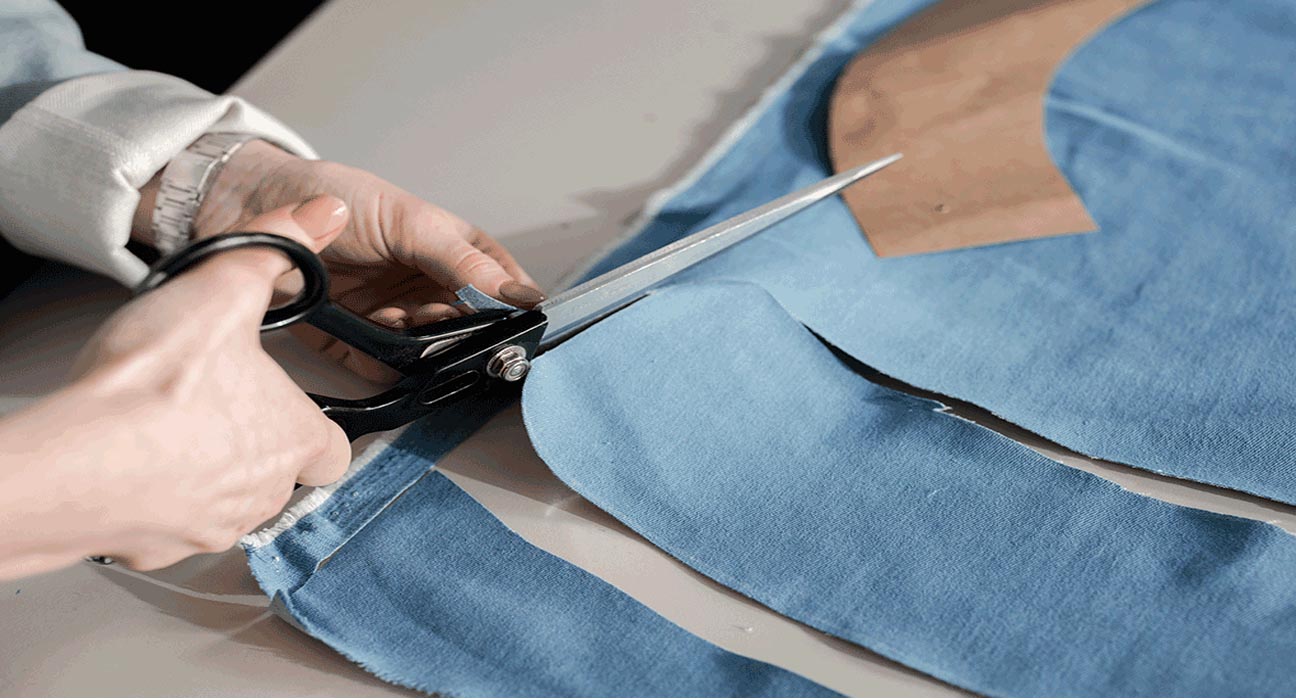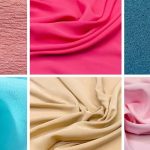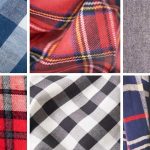Denim is one of the world’s most iconic fabrics. Denim Fabric is popular across national and cultural boundaries because of its unique properties, characteristics, and construction, and denim jean has become a symbol of American culture the world over.
It is traditionally woven with 100%-cotton yarn; however, nowadays it’s blended with polyester, to control shrinkage and wrinkles, and Lycra to add stretch.
Denim Fabric Construction
Denim is made from rugged tightly woven twill in which the weft passes under two or more warp threads.
Lengthwise, the yard is dyed with indigo or blue dye; horizontal yarns remain white. The yarns have a very strong twist to make them more durable, but this also affects the denim’s color.
The yarns are twisted so tightly that indigo dye usually colors only the surface; leaving the center of the yarn white.
The blue strands become the threads that show on the outside of your denim and the white are the ones that make the inside of your denim look white.
This produces the familiar diagonal ribbing identifiable on the reverse of the fabric.
Denim Fabric Types
Raw denim:
As the name suggests, raw denim is a fabric that is ‘unwashed’ and ‘unfinished’. Raw denim can be identified by its dark blue color and stiff handle.
Mid-wash:
Mid-wash jeans are some of the most popular jeans. Mid-wash has undergone a mid-length washing process to remove some of the dye and give the denim a softer handle than raw denim.
Acid wash:
Acid wash denim became increasingly popular in the late 80s and has sharp contrasts in tonal color.
The unique coloring of acid wash denim is achieved by soaking pumice stones in chlorine and then adding them to the wash process.
Sashiko denim:
Sashiko denim is an increasingly popular material used for all kinds of clothing. Created in Japan, sashiko was initially a way of mending material, using intricate patterns and stitching to fix clothing, bedding, and much more.
More recently, these intricate patterns have been used to create beautiful items of clothing, giving them a pre-worn, ‘distressed’ look.
Properties of denim fabric
Weight: Traditionally, denim is a weighty material, due to the thickness of the fabric. Heavier fabrics are likely to become jeans and jackets, whereas more lightweight denim is now used to make skirts, dresses, and shirts.
Thickness: The strands of cotton are woven tightly to provide protection and prevent a tear.
Stiffness: As seen above, how stiff your denim jeans or clothing is will depend on the type of denim – raw denim will be quite stiff whereas mid-wash denim fabric properties make it softer.
How is denim fabric used?
This cotton product is used in several sectors:
Apparel
The majority of denim fabric is used in apparel. Examples of denim apparel items include:
- Jeans
- Skirts
- Shirts
- Blouses
- Jackets
- Vests
Accessories
Denim is also commonly used in accessories like:
- Shoes
- Belts
- Purses
- Hats
Homewares
As denim has become a fashion icon as well as a practical fabric, this textile has found its way into the homewares market in the following categories:
- Drapes/curtains
- Upholstery
- Blankets/duvets
- Pillows





